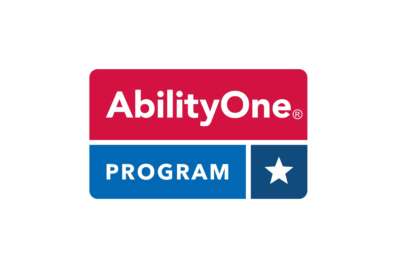GAO: Feds lose $80M looking for Medicaid fraud
Private contractors received $102 million to review Medicaid fraud data, yet had only found about $20 million in overpayments since 2008, according to a new report...
wfedstaff | April 17, 2015 3:51 pm
By KELLI KENNEDY Associated Press
MIAMI (AP) – Private contractors received $102 million to review Medicaid fraud data, yet had only found about $20 million in overpayments since 2008, according to a new report by the federal government.
“Significant federal and state resources are being poured in but only limited results are coming out,” said Ann Maxwell, a regional inspector general for the U.S. Department of Health and Human Services.
The audits were found to be so ineffective they were stopped or put on hold, according to a report by the Government Accountability Office. The agency studied Medicaid audits performed by 10 companies.
The report was presented Thursday to the Senate subcommittee on Federal Financial Management, which is chaired by Sen. Tom Carper, D-Del. Carper and ranking member Sen. Scott Brown, R-Mass., said they were disappointed the committee was just now learning of the audit results.
“No accountability, no responsibility, no consequence for failure … it’s not about second guessing, it’s about holding people responsible,” Brown said.
Last week, federal health officials ended their contracts with three of the contractors. Two others will be reassigned.
Federal health officials stressed the audits are only one aspect of their Medicaid fraud efforts and other parts of the program have been successful. Dr. Peter Budetti, a deputy administrator for the Centers for Medicare and Medicaid Services, said his agency was the first to identify the problems in the GAO report and has taken steps to fix them.
The audits relied on Medicaid data that was often missing basic information, such as beneficiary’s names or addresses and provider ID numbers, experts testified during a Senate hearing Thursday. The federal government doesn’t share the names of potential criminals in the Medicare fraud program with states. That means state officials can’t check to see if those providers are enrolled in the Medicaid program. States also do not have a uniform technology system to share data.
“National Medicaid data are not current, they are not complete and they are not accurate,” Maxwell said.
Douglas Porter, director of Washington state health care authority, said the data is disorganized and contractors had little knowledge of state Medicaid laws.
The GAO reviewed contractors who used federal Medicaid data for their audits and those who relied on the state’s more robust data. Of the 1,550 using federal data, four percent identified $7.4 million in potential overpayments and 69 percent had not identified any overpayments since 2008, according to the report.
In contrast, 32 audits that used the state’s data identified more than $12 million.
The Medicaid program lost nearly $22 billion to fraud last year, the second highest amount of fraud for any federal program. Medicare, which provides health coverage for seniors, tops the list with more than $60 billion.
Through 2019, an additional 17 million people are expected to enroll in Medicaid, which provides coverage for poor and disabled adults and children. Some lawmakers worried that also increased the potential for additional fraud.
States mostly ran their own Medicaid fraud programs until 2005 when a law expanded federal oversight.
Federal health officials said they will work more closely with states in the future and announced a major push to improve data sharing last week.
“Going forward we definitely need to improve the Medicaid data coming into the federal government. That’s not a simple task. Different states have different systems and different capacities for reporting,” Budetti said.
(Copyright 2012 The Associated Press. All rights reserved. This material may not be published, broadcast, rewritten or redistributed.)
Copyright © 2024 Federal News Network. All rights reserved. This website is not intended for users located within the European Economic Area.





